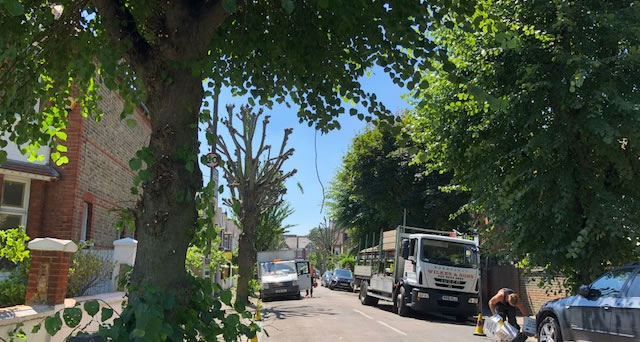Residents Asked to Water Wandsworth's Parched Trees
Saplings are particularly vulnerable in this prolonged dry spell

An appeal is being made by Wandsworth Council’s leisure and culture contractor for residents to water newly planted trees in the borough. As the extremely hot weather continues saplings are particular vulnerable to a lack of water.
June and July have been the driest since records began with virtually no rainfall at all in London. The hot and dry conditions are forecast to continue – with temperatures this week expected to exceed the record levels set in the summer of 1976.
Local residents are being asked to check on young trees in their street and water them if they’re looking parched.
Last winter the council say they planted more than 500 new street trees across the borough and there are concerns that some could be suffering.
Most street trees have a plastic tube dug into the ground alongside the trunk which allows water to be poured deep into the soil to help nourish the roots.
Pat Langley, arboricultural manager with the borough’s leisure and culture contractor Enable said, “This hot spell has really dragged on for quite a long period of time and whilst older, more established trees are better placed to withstand the heat and lack of rainfall, newly planted younger ones are a bit more vulnerable to these hot and dry conditions.
"This is one of these rare instances when mother nature could do with a helping hand so if you have a tree in your street that looks dry and parched, please give it some water. You’ll be doing your neighbourhood proud if you do.”
The Council claim that every district in Wandsworth saw street trees planted over the winter as part of a town hall initiative to plant more than 1,100 in total this year and next. Species that have just been planted include London Plane, Cherry, Lime, Pear, Crab Apple, Rowan, Oak, Hazel, Whitebeam, Maple, Hornbeam and Birch.
In total the council looks after roughly 60,000 trees in its parks, commons and open spaces while around 15,000 grow in residential streets and on the borough’s housing estates.
July 24, 2018
Related links
|